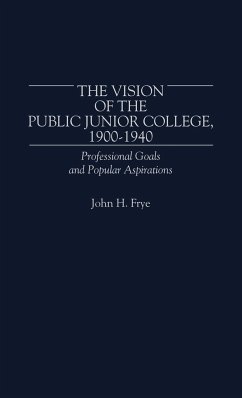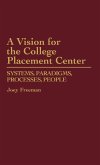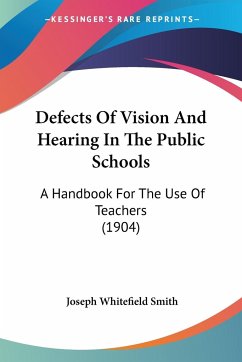Public junior colleges grew rapidly between 1900 and 1940. During that time, nationally prominent leaders maintained that the junior college should provide a terminal education and prepare students for semiprofessional careers. But students used the junior college as a means to further education and greater professional opportunities. Frye argues that the national vision of the junior college had little impact on its development, and that the junior college evolved to meet the professional goals and aspirations of its students. Frye begins by defining the junior college and the ideology promulgated by leading educators during the first half of the twentieth century. He then places this ideology within the context of the social changes which took place between 1900 and 1940, and examines how the vision of the local junior college conflicted with the national vision. This study offers a valuable overview of the impact of shifting demographic patterns and changing social values on the development of the public junior college in its early years. Educators, historians, and all those interested in community/junior colleges will find this work remarkably lucid and insightful.
Hinweis: Dieser Artikel kann nur an eine deutsche Lieferadresse ausgeliefert werden.
Hinweis: Dieser Artikel kann nur an eine deutsche Lieferadresse ausgeliefert werden.








